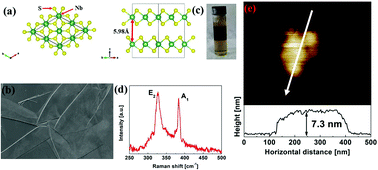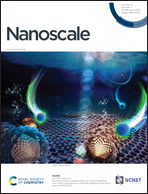Niobium disulfide as a new saturable absorber for an ultrafast fiber laser
Abstract
Group VB transition metal dichalcogenides (TMDCs) are emerging two-dimensional materials and have attracted significant interests in the fields of physics, chemistry, and material sciences. However, there are very few reports about the optical characteristics and ultrafast photonic applications based on group VB TMDCs so far. In this work, we have calculated the niobium disulfide (NbS2) band structure by the density functional theory (DFT), which has revealed that NbS2 is a metallic TMDC. In addition, we have prepared an NbS2-microfiber device and the nonlinear optical characteristics have been investigated. The modulation depth, saturation intensity and non-saturable loss have been measured to be 13.7%, 59.93 MW cm−2 and 17.74%, respectively. Based on the nonlinear optical modulation effect, the Er-doped fiber (EDF) laser works in the soliton mode-locking state with the pump power of 94–413 mW. The pulse duration of 709 fs and the maximum average output power of 23.34 mW have been obtained at the pump power of 413 mW. The slope efficiency is as high as 6.79%. Compared to the recently reported studies based on TMDCs comprehensively, our experimental results are better. These experimental results demonstrate that NbS2 with excellent nonlinear optical properties can be used as a promising candidate to advance the development of ultrafast photonics.

- This article is part of the themed collection: Nanoscale Most Popular 2020 Articles


 Please wait while we load your content...
Please wait while we load your content...